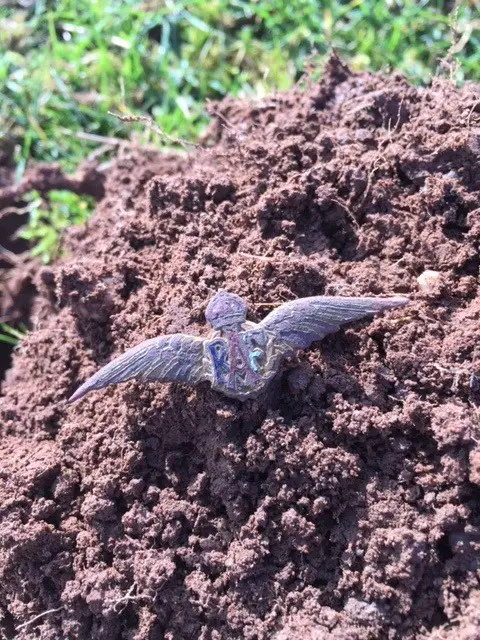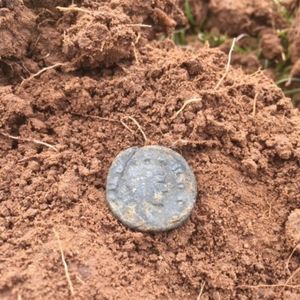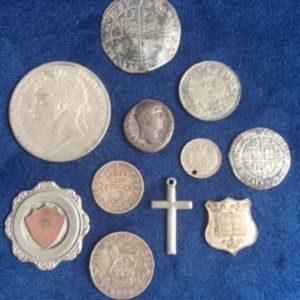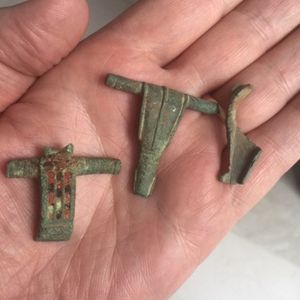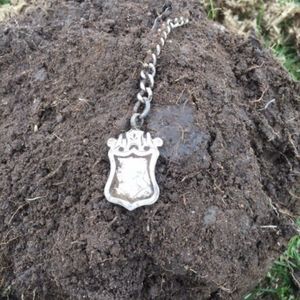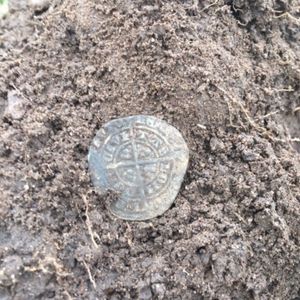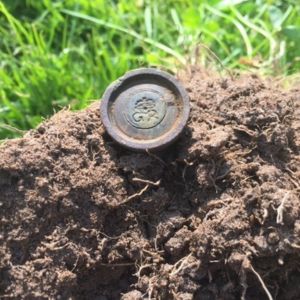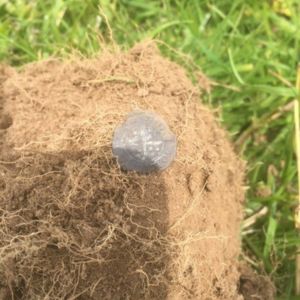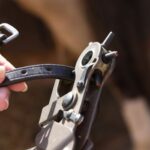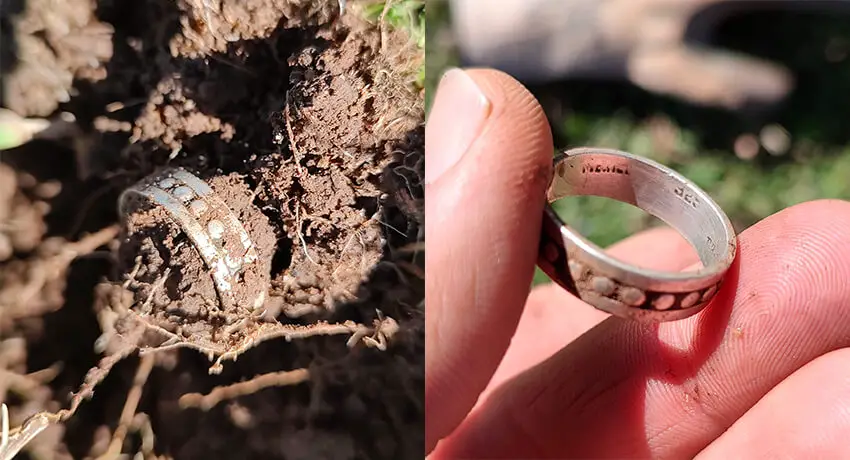Old British coins
Numismatics, the study and collection of currency offers a unique window into history. Coins can reveal much about the economic, political and cultural climate of past eras.
In Britain, coins have been minted since ancient times with Celtic tribes and Roman occupiers being among the first regimes to strike coins on the island.
As the centuries passed, British coinage evolved to reflect the reigning monarch and events of the day. Some of the most fascinating old British coins date from the medieval period.

Hammered silver pennies bearing the busts of kings like Edward the Confessor and Henry III are highly sought after by collectors today.
Other coins issued under the Tudors, Stuarts and Georgians also attract interest.
Studying these coins enables us to trace Britain’s progression from isolated island to global empire and commercial powerhouse.
Whether you’re a historian, metal detectorist or casual collector, old British coins offer a tangible connection to the past. Each one has a story to tell if we take the time to decipher its meaning.
For a metal detectorist, trying to roughly date a coin can be tricky if there isn’t an actual date that’s been stamped on it. Learning to recognise a monarchs head and the direction it faces is a challenge!
This article will help you and provide a resource to identifiying a monarch and a reign duration.
Find out more on how to start metal detecting by reading my article here.
Monarchs heads on coins
Attempting to identify the monarch depicted on old British coins can be a challenging yet rewarding process.
When examining the head or bust displayed on a worn silver penny or gold noble, look closely at the ruler’s facial features, hair and any symbols or text surrounding their image.
Stylised profiles were common but some talented mint engravers managed to capture a convincing likeness of kings and queens like Alfred the Great and Elizabeth I.

Consulting reference books on British numismatics can help narrow down the possibilities if the coin’s date is unknown.
Finding a match for unusual details like a crooked nose, full beard, or elaborate headdress limits the options.
Subtle changes in crown styles, locations of pellets, a ruffle around a neck, the direction of a face or the length of cross can make all the difference in identifying and monarch.
Being able to correctly name King Stephen, Henry VIII, or Queen Victoria from their classic coin portraits demonstrates a growing knowledge of British regal history.
Careful research and comparison of minor differences separates a novice from a distinguished numismatist proudly able to identify each faded visage.
This article will give you a good head start into identifying a monarch, the period of reign and royal houses they may have derived from.

Unbeatable Multi Frequency!
You can now get the ultimate power of multi frequency technology over single frequency detectors with the Minelab Vanquish range of detectors.
The entry level Vanquish 340 now gives you ultimate depth, stability and sensitivity on all target types in every soil, including wet beach sand.
Medieval coins
Medieval coinage in Britain has a rich and varied past. Silver pennies were the mainstay, first introduced by King Offa of Mercia in 790 AD and bearing the ruler’s name and title.
Pennies were divided into 240 pence per pound weight of silver. Hammered silver pennies circulating in England included Tealby and Short Cross designs.
In these times, a monarch would only have their bust placed on silver and gold coins. The smallest denomination started as a penny.
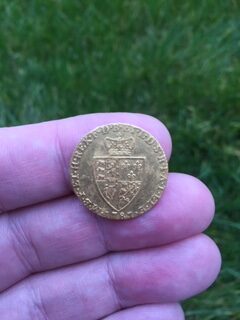
Many purchases could be had for less than a penny so cutting them in halves and quarters was also common.
Read my more in depth article on medieval hammered coinage here.
Forgery was common as kings and nobles sought to produce fake coins to generate income, destabilizing the monetary system.
One famous nickname of Henry VIII was “old copper nose!”.
This was because he debased his coinage for a period increasing the copper content and this reducing the silver content.
When the coins started to wear in circulation, the high points of the coins wore first, which predominantly was his nose. Periodic mint reforms strengthened regal authority over provincial mints.
Clipping coins to steal slivers of precious metal was also common in hard times. Metal detectorists will very often find heavily clipped hammered coins.
Examining medieval English coinage provides tangible insight into internal strife, factions and the consolidation of royal power over centuries.
As you will see from guide below on what monarchs bust look like, some of them did not reign for very long at all. Finding these coins can be a life changing experience!
Hammered coins by their nature can be very difficult for a metal detectorist to find due to their size and thickness. The best metal detectors to do this are multi-frequency detectors.
Read my article on multi frequency metal detector technology here.
Hammered coin identification

- Alfred “The Great” 871-899, 2. Edward “The Elder” 899-924, 3. Althelstan 924-939 4. Edmund I 939-946, 5. Edred 946-955, 6. Eadwig “The Fair” 955-959

- Edgar “The Peaceful” 959-975, 2. Edward “The Martyr” 975-978, 3. Aethelred II “The Unready” 978-1016, 4. Sweyn “Forkbeard” 1013-1014, 5. Edmund II “Ironside” 1016, 6. Cnut 1016-1035

- Harold I “Harefoot” 1035-1040, 2. Harthacnut 1040-1042, 3. Edward “The Confessor” 1042-1066, 4. Harold II 1066, 5. William I “The Conqueror” 1066-1087, 6. William II “Rufus” 1087-1100

- Henry I 1100-1135, 2. Stephen 1135-1154, 3. Matilda 1141, 4. Henry II 1154-1189, 5. Richard I “Lionheart” 1189-1199, 6. John “Lackland” 1199-1216

- Henry III 1216-1272, 2. Edward I “Longshanks” 1272-1307, 3. Edward II 1307-1327, 4. Edward III 1327-1377, 5. Richard II 1377-1399, 6. Henry IV 1399-1413

- Henry V 1413-1422, 2. Henry VI 1422-1461 & 1470-1471, 3. Edward IV 1461-1470 & 1471-1483, 4. Edward V 1483, 5. Richard III 1483-1485, 6. Henry VII 1485-1509

- Henry VIII 1509-1547, 2. Edward VI 1547-1553, 3. Jane “Lady Jane Grey” 1553, 4. Mary I 1553-1558, 5. Elizabeth I 1558-1603, 6. James I 1603-1625

- Charles I 1625-1649, 2. Commonwealth & Protectorate 1649-1660, 3. Charles II 1660-1685, 4. James II 1685-1688, 5. William III & Mary II 1689-1694, 6. William III 1694-1702

- Anne 1702-1714, 2. George I 1714-1727, 3. George II 1727-1760, 4. George III 1760-1820, 5. George IV 1820-1830, 6. William IV 1830-1837

- Victoria 1837-1901, 2. Edward VII 1901-1910, 3. George V 1910-1936, 4. Edward VIII 1936, 5. George VI 1936-1952, 6. Elizabeth II 1952-2022
Final thoughts
Old coins have so much to offer collectors and historians beyond their monetary value. Identifying and properly cataloging coins provides insights into the cultures and economics of past civilizations.
Tracing a coin’s origin story often involves some detective work and research, utilising information from fields like archaeology, metallurgy, art history and more.
The journey of discovery brings history alive and allows us to make connections to the people who once handled those very coins centuries ago. Who carried them? What were they doing? Where were they going? What were they going buy?
While the financial worth of coins is unstable, their historical value is priceless. Passing down knowledge about old coins to future generations ensures their legacy lives on.
Whether you’re a serious numismatist, a metal detectorist or just happened upon some odd coins in your change, take time to identify and appreciate the stories they hold.
The effort will give you a new appreciation for our history and cultural richness documented in these little metal discs. Why not explore the world of metal detecting on my website here!

Unbeatable Multi Frequency!
You can now get the ultimate power of multi frequency technology over single frequency detectors with the Minelab Vanquish range of detectors.
The entry level Vanquish 340 now gives you ultimate depth, stability and sensitivity on all target types in every soil, including wet beach sand.



